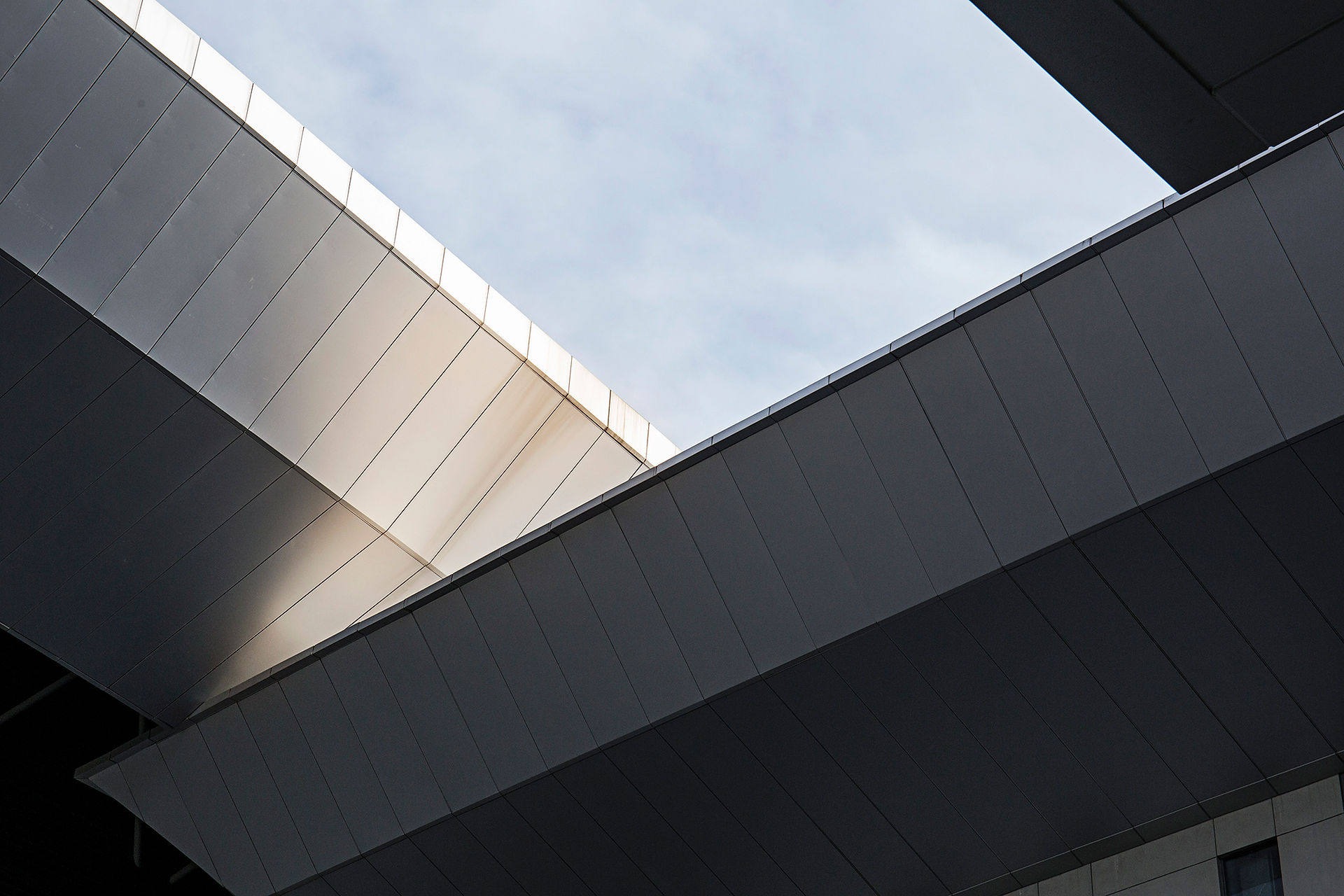

Introduction about this module:
This module introduces us to the various environmental conditions and issues that need to be considered when designing architecture. It emphasizes how human intervention can affect the environment positively and negatively, as well as the relationship between buildings and the natural systems. We'll learn about basic building design, passive design techniques, and designing with nature to enhance energy efficiency. We'll also study climate elements and how they influence architecture, aiming to create environmentally conscious and comfortable building designs. Our learning will involve realistic situations found in everyday spaces and places. The module will be supported by a mix of face-to-face lectures, tutorials, asynchronous learning, and feedback sessions to ensure we understand and align with the learning outcomes. We'll be assessed through tests and assignments, including both group and individual work focusing on real-life issues and case-based learning.
Overall Experience and Reflection
As a student engaging with this module, I found it to be an eye-opening journey into the intricate relationship between architecture and the environment. From the very beginning, the module emphasized the importance of considering both the positive and negative impacts of human intervention on our surroundings.
Exploring basic building design principles alongside innovative techniques like passive design and integrating nature into architecture was incredibly enlightening. It made me realize the potential for buildings not just to exist within the environment, but to actively contribute to its preservation and sustainability.
What truly stood out to me was the emphasis on real-world application. Through interactive sessions and case-based learning, we delved into realistic scenarios found in everyday spaces. This approach not only made the content more relatable but also empowered me to envision myself as a future architect capable of creating environmentally conscious and comfortable spaces.
The variety of teaching methods, from face-to-face lectures to asynchronous learning and feedback sessions, provided a well-rounded learning experience. It allowed me to absorb information at my own pace while still receiving valuable guidance and support from instructors.
As I reflect on my journey through this module, I feel a newfound sense of responsibility towards the environment as a future architect. I am inspired to approach design with a holistic perspective, considering not only the aesthetic and functional aspects but also the impact on the natural world. This module has equipped me with the knowledge and skills to be a proactive agent of change in creating sustainable built environments.


Project 1
Creative Approach – Assessing Daylight & Thermal Comfort at Modern Houses
Overall summary towards this project:
Embarking on the module project focusing on maximizing daylight and thermal comfort in modern houses has been an enlightening journey. Initially, our group encountered the common issues plaguing many modern homes today: a lack of natural light and over-reliance on mechanical heating and cooling systems. Recognizing the financial burden and environmental impact associated with these issues, we eagerly delved into exploring solutions through passive design.
Through fieldwork involving data collection and observation, we gained valuable insights into the current state of daylight distribution and thermal comfort in double-storey terraced and semi-detached houses. Armed with this knowledge, we brainstormed creative ideas to address these challenges by integrating passive design principles into our chosen modern house models.
As we navigated through the project objectives, we honed our ability to identify issues, assess existing conditions, and formulate practical solutions. We learned that passive design not only enhances comfort but also promotes energy efficiency and reduces greenhouse emissions. By embracing these principles, we realized the potential to make a tangible difference in both local and global contexts.
Overall, this project has equipped us with a deeper understanding of effective environmental design principles and building practices. It has instilled in us a sense of responsibility to champion sustainable solutions in our future endeavors as architects and advocates for a greener, more resilient built environment.
Project 2
Case Study – Green Buildings in Malaysia

Overall summary towards this project:
Engaging in the module project focused on studying green buildings and their environmental strategies has been an eye-opening experience. As a group, we delved into the realm of sustainable architecture, recognizing its crucial role in addressing climate change and fostering healthier living environments.
The assignment challenged us to raise awareness about the importance of green buildings, which often don't receive the recognition they deserve in public opinion and media. Through our case study, we aimed to shed light on the innovative environmental strategies employed in accredited green buildings, drawing attention to their significance in mitigating the impacts of climate change.
Conducting research on various green building accreditation systems such as GBI, LEED, and BREEAM provided us with valuable insights into the diverse approaches to sustainable architecture worldwide. We were particularly inspired by the real-world application of environmental design considerations and passive building strategies aimed at achieving comfort and reducing energy consumption.
Visiting the investigated building, whenever possible, was a highlight of our research journey. It allowed us to witness firsthand the integration of sustainable practices and environmental technologies into architectural design. As we gathered information and prepared our A1 poster and summary video for social media sharing, we felt empowered to promote sustainable practices in architecture and advocate for a shift towards more environmentally conscious building designs.
Ultimately, this project has equipped us with a deeper understanding of the interconnectedness between architecture and the environment. We now recognize the pivotal role architects and developers play in shaping a sustainable future, and we are committed to championing green building practices in our future endeavors.